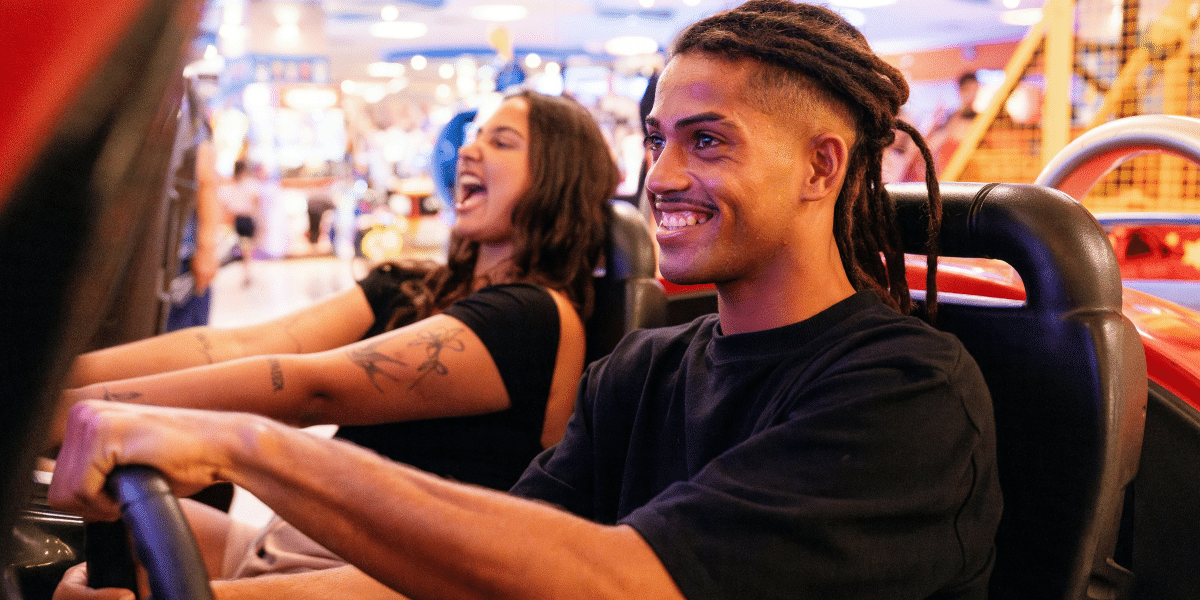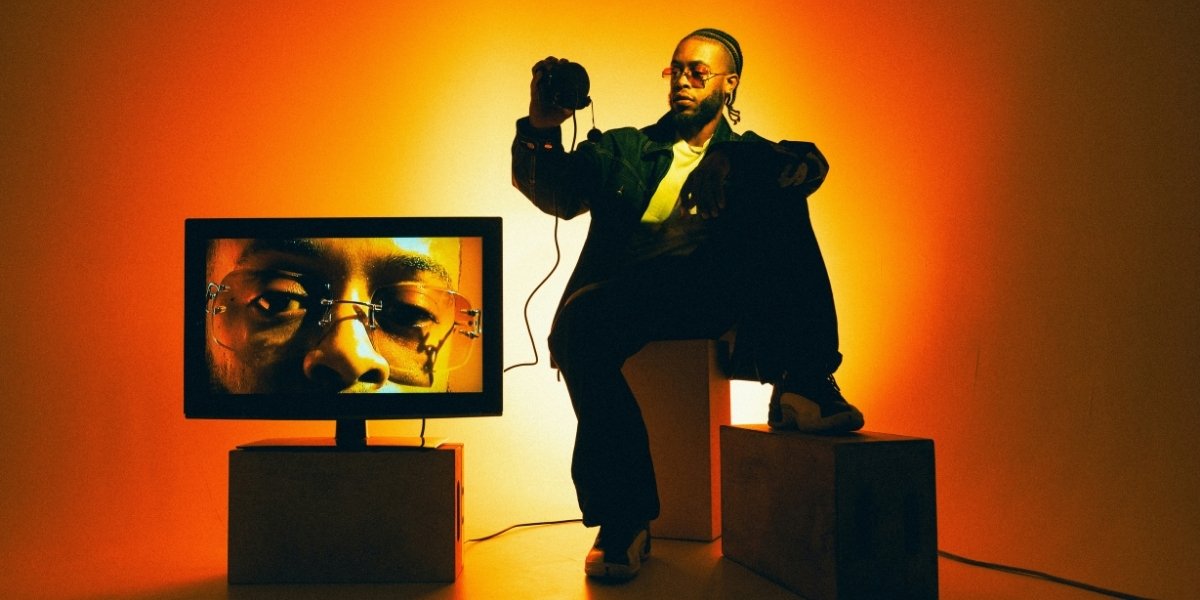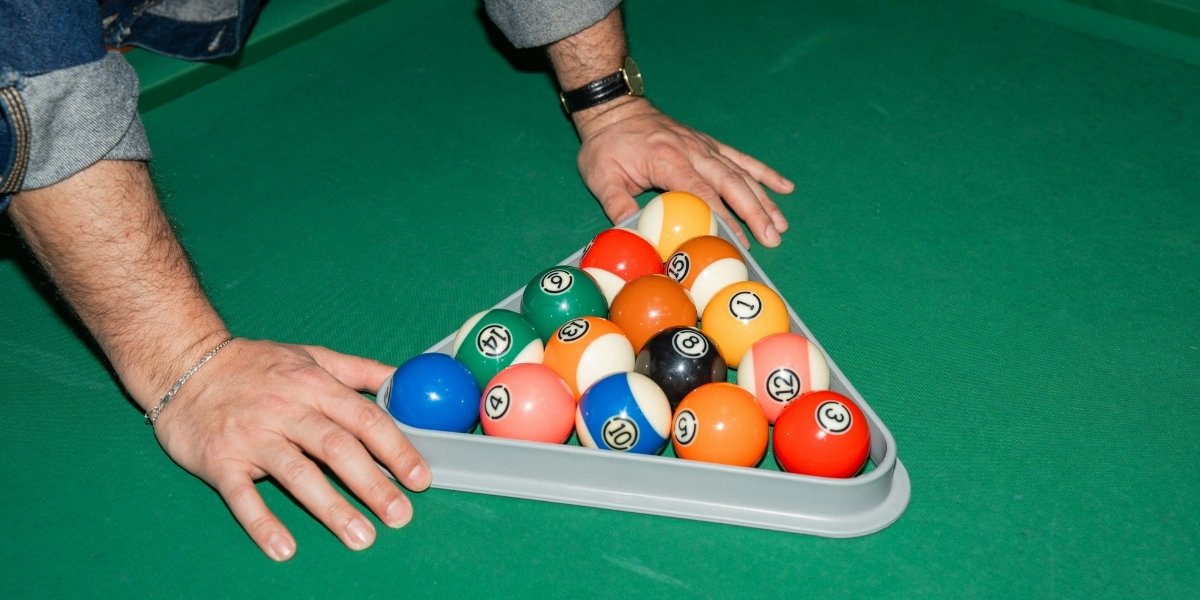Step past the gates of a Renaissance Fair, and you leave the modern world behind – at least for the day. Knights clash in staged jousts, fair maidens with suspiciously modern haircuts peddle flower crowns, the smell of roasting turkey legs hangs heavy in the air, and someone is always playing a lute rendition of a very recognizable pop song. It’s weird, anachronistic, and clearly a far cry from historical accuracy, yet, Renaissance Fairs hold a strange appeal for people of all ages.
The idea of a fair harkening back to the days of yore emerged in the 1960s, alongside a renewed interest in fantasy literature and role-playing culture. What began as small gatherings evolved into sprawling events drawing in thousands.
“The enduring appeal of Renaissance Fairs lies in their blend of escapism, spectacle, and a healthy dose of lighthearted silliness,” says a historian specializing in popular culture.
For many, the joy of Renaissance Fairs lies in the chance to step away from the everyday. Putting on a vaguely medieval-ish costume (accuracy optional!), browsing handcrafted wares, and indulging in unabashedly over-the-top spectacles provides a respite from our tech-driven, often stressful world.
“The modern world bombards us with information and demands constant productivity,” says a sociologist. “Renaissance Fairs offer a space to relax, embrace the playful side of things, and connect with something that feels simpler, even if it’s an idealized version of the past.”
Let’s be honest – historical accuracy is not the selling point at most Renaissance Fairs. We go for the jousting matches with their choreographed thrills, the bawdy tavern shows, the giant roasted turkey legs you devour like a benevolent barbarian, and perhaps a chance encounter with the “Queen” holding court.
There’s something both humorous and charming in the blend of vaguely historical elements with modern sensibilities. It takes itself just seriously enough to create a sense of immersion, without ever striving for documentary-level realism.
Renaissance Fairs have spawned a passionate subculture. There are the performers who make their living traveling the fair circuit, the craftspeople specializing in historically-inspired wares, and the diehard attendees who painstakingly create elaborate period costumes.
“For some, Renaissance Fairs are more than just a day out; it’s a community where they can share their love of history, even a slightly goofy version of it!” says a regular fair performer. From dressing the part to geeking out over historically-inspired crafts, the community aspect adds a deeper layer to the experience.
The Renaissance Fair experience isn’t without its critics. For some, the commercialization, the sometimes-questionable blending of fantasy and history, and occasional problematic portrayals of cultural elements can take away from the fun. Yet, for most, it’s understood that historical accuracy is never the main goal.
“Anyone looking for a scholarly history lesson will be disappointed,” a cultural historian points out. “But if you approach it as lighthearted entertainment with historical inspirations, there’s a lot of enjoyment to be found.”
The enduring appeal of the Renaissance Fair lies in its ability to fulfill a very modern need: offering a temporary escape from the seriousness of everyday life. At the fair, you can let your inner child out, give in to the joy of spectacle, and perhaps even rediscover a sense of playful community. So, grab your goblet of (probably overpriced) mead, embrace the slightly cheesy entertainment, and shout “Huzzah!” as those jousting knights clash. For a little while, the rest of the world and its worries can wait.








